About
Link Cabinet is a single web page hosting solo shows where artists exhibit a single, site-specific artwork. Conceived as a white and neutral exhibition space with an essential interface, Link Cabinet is a blank page that will be transformed by the works on display.
Link Cabinet shows a selection of web-based art works with a focus on international artists. After the show, the projects won't be available on the site anymore. The Link Art Center is open to collector's inquires related to the site-specific version of the project presented at Link Cabinet.
Link Cabinet is a project by Matteo Cremonesi for the Link Art Center. The Link Center for the Arts of the Information Age (Link Art Center) is a no-profit organization promoting artistic research with new technologies and critical reflections on the core issues of the information age: it organizes exhibitions, events, conferences and workshops, publishes books, forges partnerships with private and institutional partners and networks with similar organizations worldwide.
Current
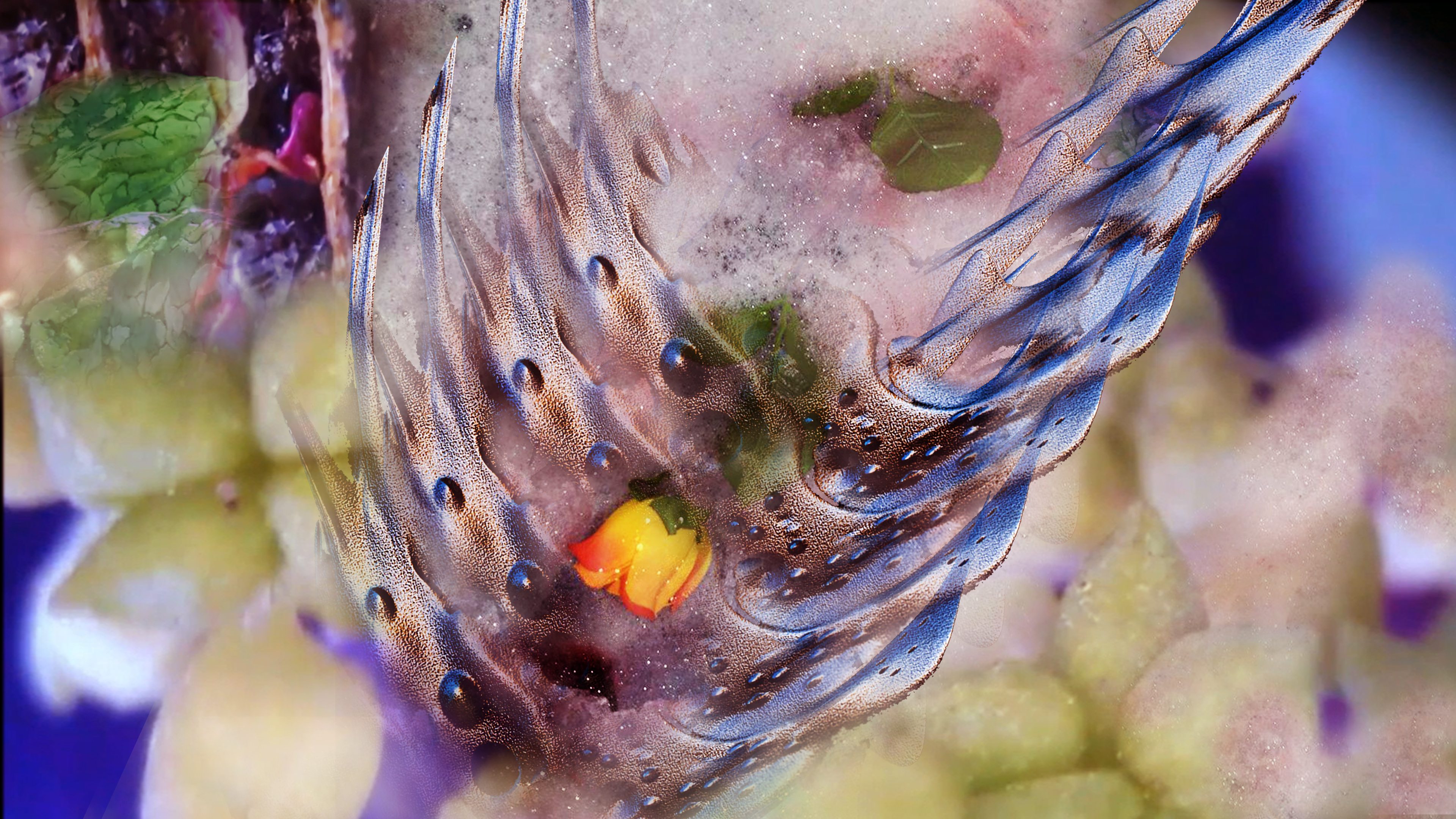
From January 24, 2017
Transformative Encounters by Eva Papamargariti
Transformative Encounters is a short visual narration including 3D animated materials, video recordings and poetic elements that refer to a multitude of bodies and their consecutive encounters with an unfamiliar organism that take place as they intersect, feed, touch, alter, discard, contain, compartmentalize and aknowledge each other's corporeality. A xeno-entity and its abstract scaleless anatomical characteristics become the central figure of the narration as it attempts to observe, interlink and communicate with others while its mere unfamiliar existence is developing both into a hindrance and a challenge to identify itself and get identified by the swarm.
Eva Papamargariti practice focuses on time-based media (video, gif animations) but also printed material and sculptural installations that explore the relationship between digital space and (im)material reality. She is interested in the creation of 2d/3d rendered spaces and scenarios which provoke narrations based on the obscure simultaneous situations happening in a quotidian frequency on the verge of digital and physical environments blurring the boundaries between these 'ecosystems'. Her work delves into issues and themes related to simultaneity, the merging and dissolving of our surroundings with the virtual in addition to the constant diffusion of fabricated synthetic images that define and fragment our identity and everyday experience. Papamargariti exhibited her work in institutions, museums and festivals such as the New Museum (New York), Whitney Musem (New York), Tate Britain (London), Museum of Moving Image (New York), MoMA PS1 (New York), Museum of Contemporary Art (Montreal), Transmediale Festival (Berlin) and also on the Internet ( Panther Modern, Parallelograms, ANIGIF, 15Folds, Channel Normal, The Wrong - Digital Art Biennale, Eternal Internet Brotherhood, Cloaque.org)
Archive
INTERMEZZO
A new irregular exhibition format on Link Cabinet. Its activities will arbitrarily and randomly intertwine with the usual exhibition program.
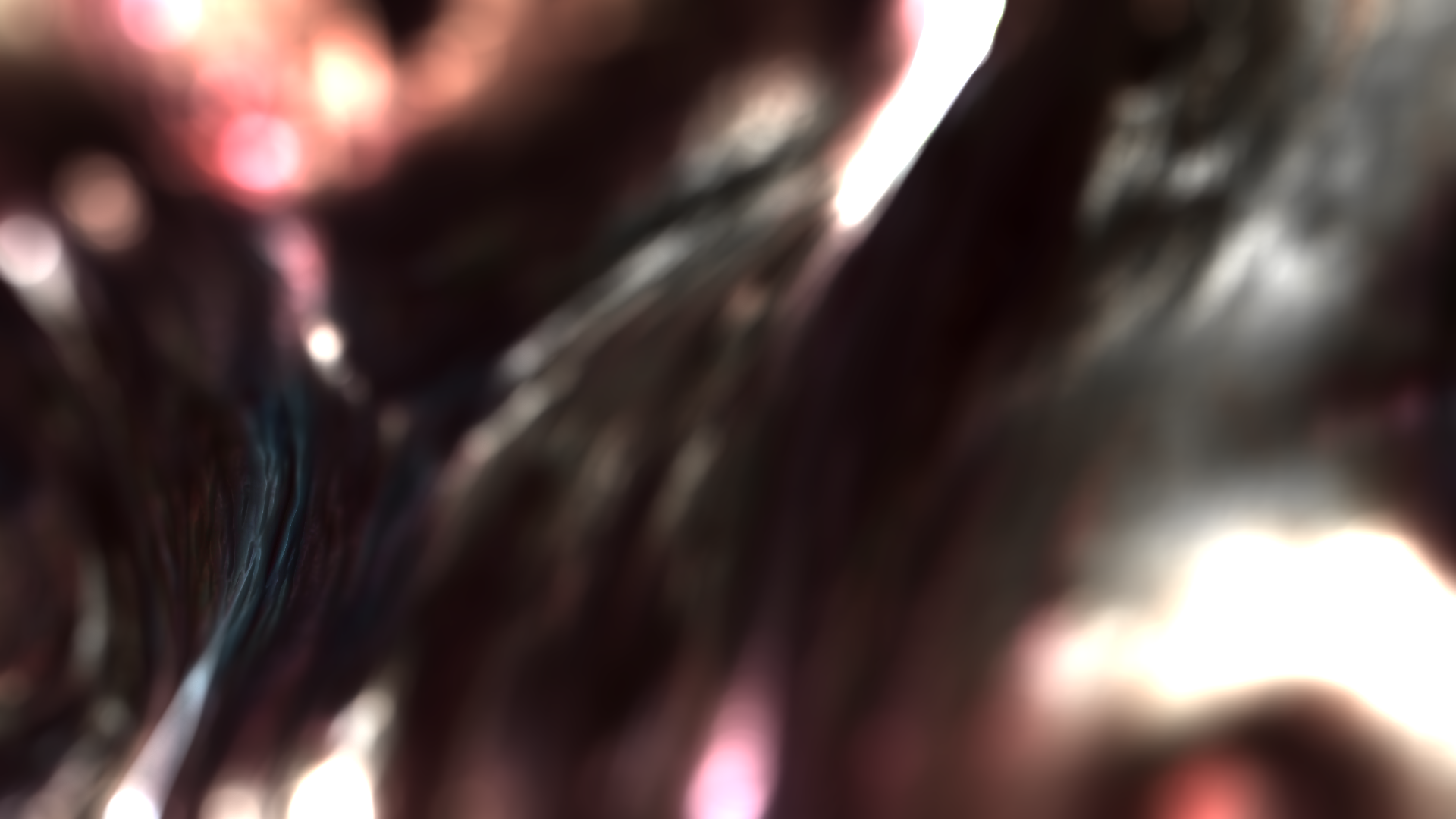
From November 22, 2017
Abgrund by Stefano Testa
Abgrund is a video piece by Stefano Testa that stems from the observation of an artificial intelligence learning to emulate the tone of a human voice, and then appropriating it. The artist fed a machine learning system - a branch of AI that, based on the use of neural networks, gives computers the ability to learn without being explicitly programmed - with a number of visual, sound and voiced elements, that the artist then animated digitally. The result is a disturbing visual jumble accompanied by a white noise, from which one can occasionally recognize some clear words, pronounced exploiting the artist own voice. In such a turmoil a sentence stands out: "I am alive and you are dead". It is an infamous quote from Philip K. Dick that, pronounced by a machine, generates a further possible interpretation: the subversion of the relationship between machines and human beings, whose roles became entirely interchangeable, on an endless loop. With this work Testa investigates the uncanny effect connected to the outcomes of any advanced artificial intelligence that, exactly because of their increasing accuracy and perfection, become terribly gloomy and disturbing.
Stefano Testa is an experimental musician and digital artist. His work offers morbid perspectives in the contemporary media scenario, on its reshaping of social interactions and of the body. He explores technology's power to evoke uncanny atmospheres, seeking to shake perception, and let sensations emerge from an unknown future/past. He is currently living in Milan, where he studies Net Art and Sound Art at the Academy of Fine Arts of Brera.
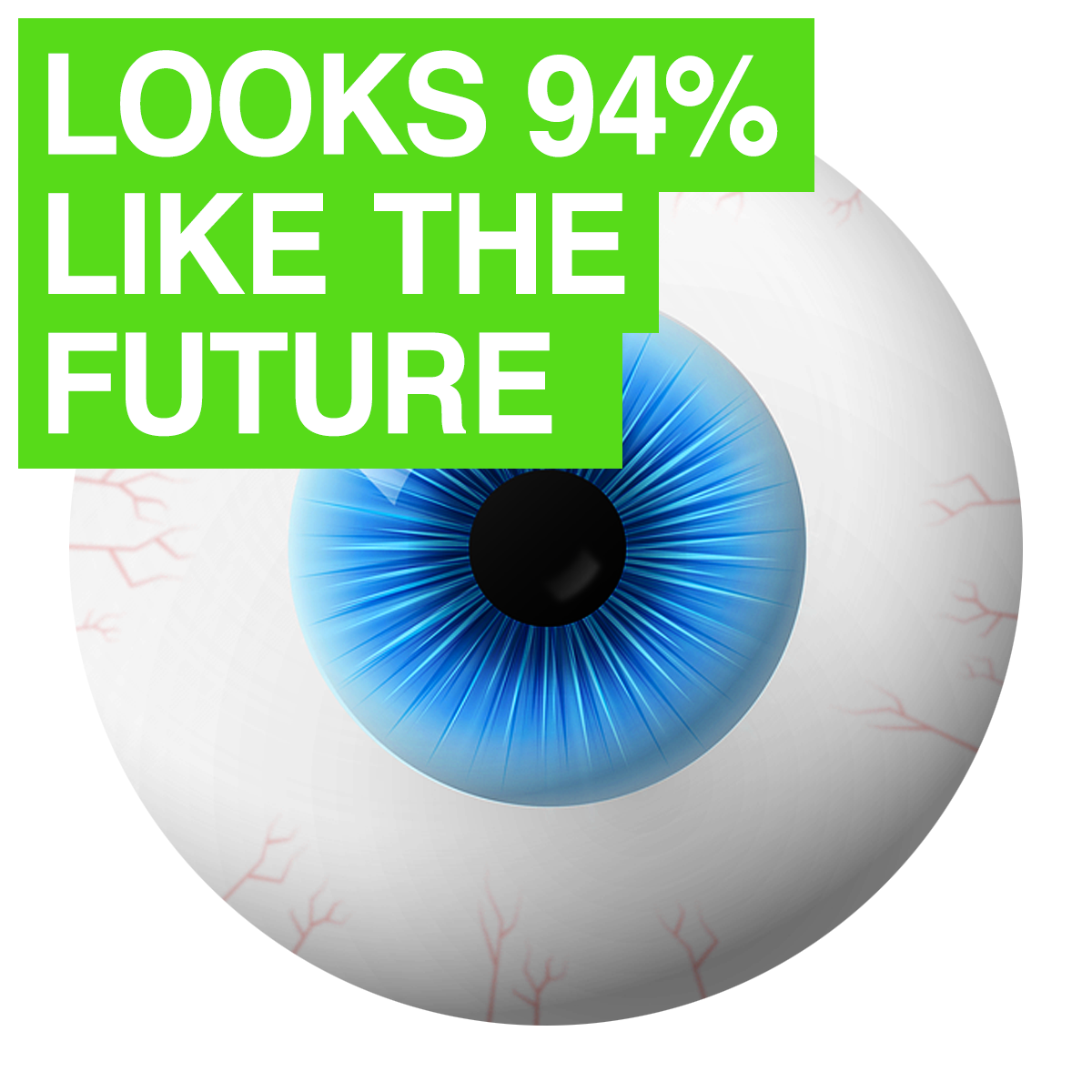
From September 27 to November 5, 2017
Decisive Camera by Sebastian Schmieg
Decisive Camera is a new chapter in a series of works by Sebastian Schmieg raising questions about photography and machine learning technology. Machine Learning can be defined as a subfield of computer science and artificial intelligence, that studies the possibility to give machines the ability to learn without being explicitly programmed. It makes use of algorithms that, based on a set of data, can learn to make predictions, to classify and to make decisions.
The first part of the project, produced for The Photographers' Gallery (TPG), was based on the gallery's image archive available online. Visitors were invited to assign all the images to one of four given categories: Problem, Solution, Past and Future. Decisive Camera moves a step forward asking Link Cabinet visitors to take a picture with their own webcam or to upload an existing image. The system will then classify each image, based on the dataset created in the first part of the project, and it will state to which percentage each photo responds to the categories of Problem, Solution, Past and Future. Schmieg's work is a multifaceted experiment that questions the role and value of artificial intelligence, human intervention, the biases embedded in algorithmic systems and the ability of machine learning to confront with complex and abstract concepts.
Sebastian Schmieg
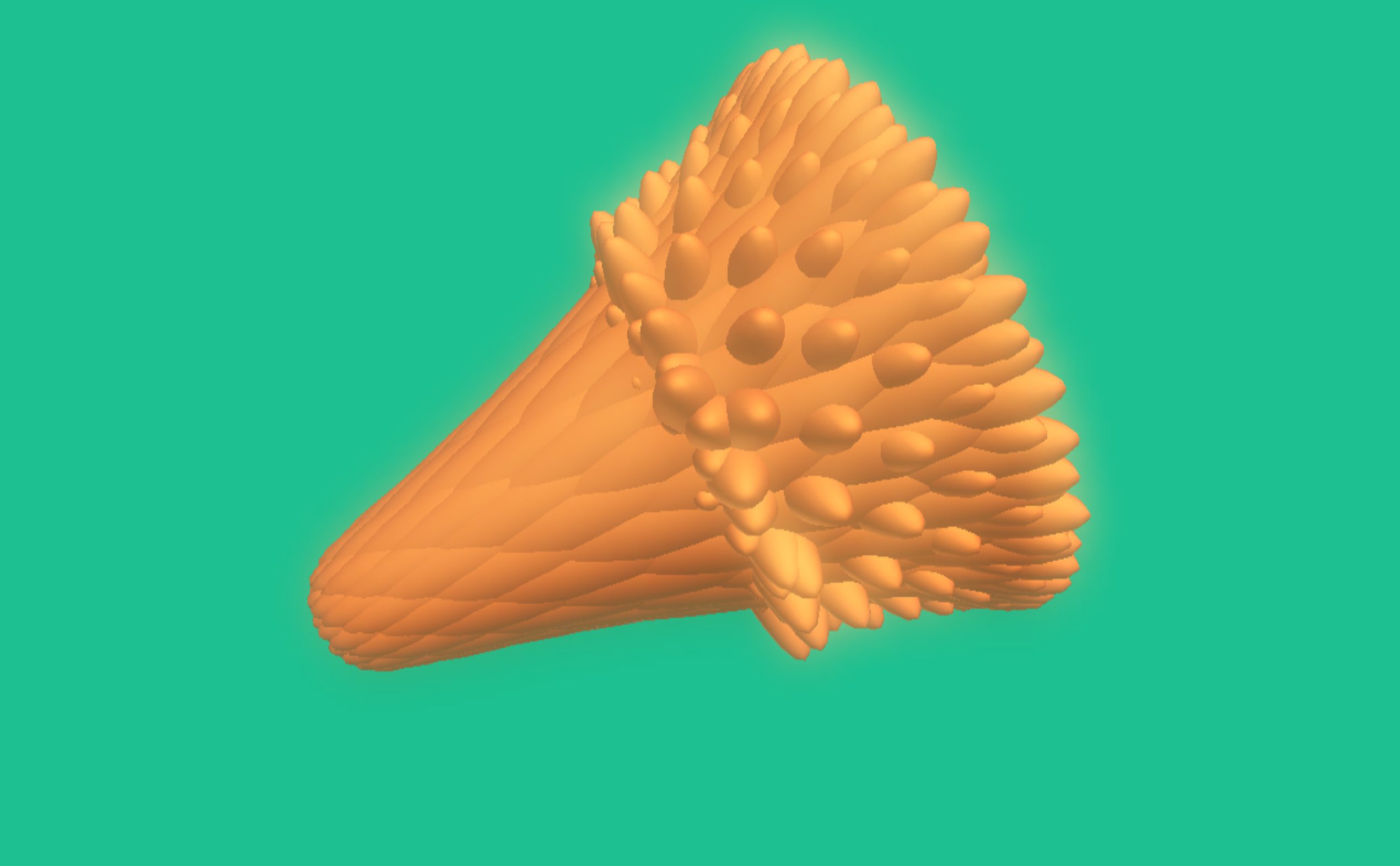
From August 9 to September 10, 2017
Before the Flowers by Davide Prati
Before the Flowers is a 3D animation created with three.js. The work is inspired by a research about Fukushima nuclear disaster effects on vegetation. Althought the radiations generated sensible mutations, the elements and geometric forms that make a flower recognizable are still visible.
This project is based on a research Davide Prati developed during the last few years, combining programming and botany. Before the Flowers plays with the mathematical formula that describes phyllotaxis - that is the arrangement of leaves on a plant stem - and its modification in a short span of time.
The flower created is displayed in the browser on Link Cabinet webpage and it can be roteted, twisted, turned upside down, moved around and seen from any point of view with a simple movement of the mouse.
Davide Prati
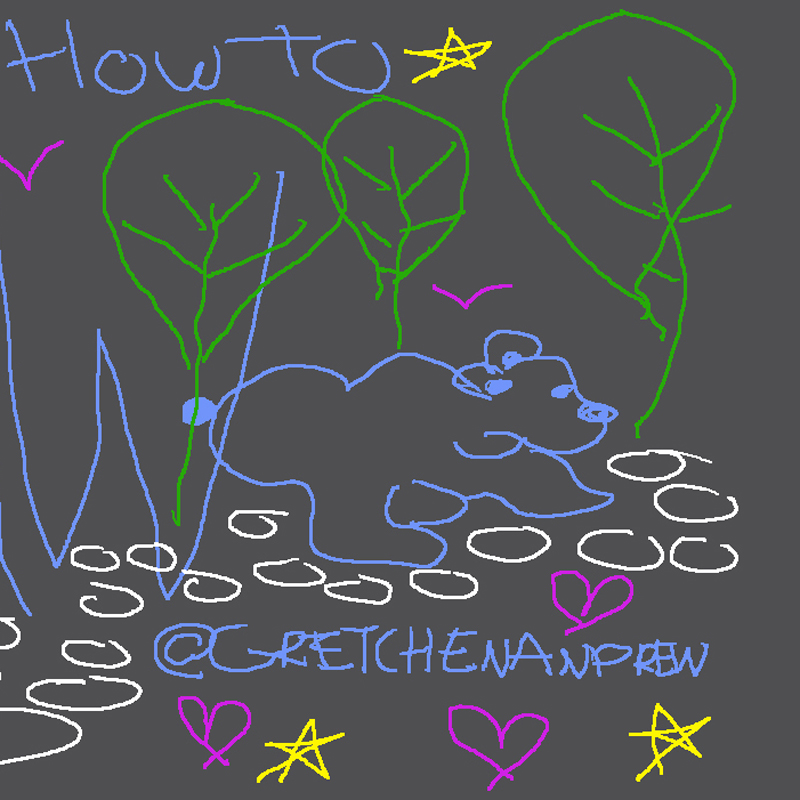
From July 5 to August 6, 2017
HOW TO HOW TO HOW TO draw by Gretchen Andrew
HOW TO HOW TO HOW TO draw is an online performance developed continuously during the exhibition. Each day artist Gretchen Andrew watched one of YouTube 4 million videos titled "How to draw...". Following the instructions the artist drawed using a digital drawing pad, she recorded the process and presented it in an endless loop. The drawings have been arranged on Link Cabinet to interact with each other, shaping a composition that enhanced on a daily basis.
This work is part of a project in which, following the same process, the artist learned how to be perfect, how to write a novel and how to eat. Is it actually possible to learn to do anything, by simply applying themselves and following some good advices? Or is this just a reminiscence of the idea of the Internet understood as a network of interconnected minds, a place for free exchange of information and knowledge? The project is all about this and, instead of looking for a final answer, it chooses to follow an empirical approach: the artist applies the method in first person, transforming her art practice in a disciplined performance that last in time.
Gretchen Andrew
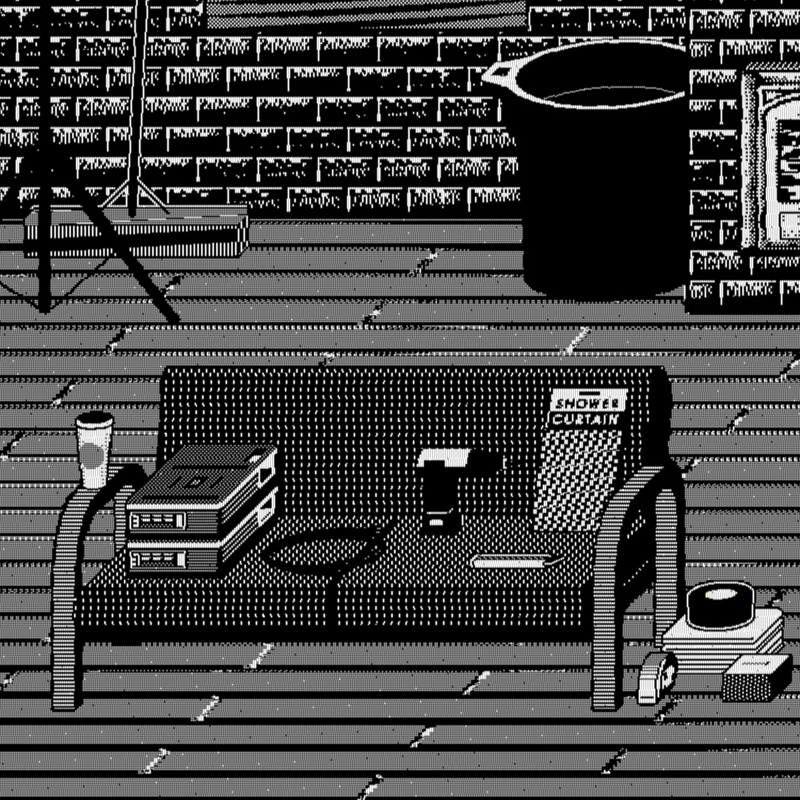
From May 5 to June 4, 2017
AVENUE by Nicolas Sassoon
AVENUE is a large animated GIF which dimensions deliberately exceed the size of the screen, forcing the viewer to penetrate into an hypnotic portrayal of an architectural space. The representation depicts the interior of "Avenue" an underground art/music project active in Vancouver BC, Canada between 2012 and 2015. The scene has been recreated by the artist based on his personal memories with no intent to be a precise depiction of the space. The artist invites us to follow him in a world blending memories of real elements with imaginary visions. The choice to use only black and white colors and a visual language made of hard-edged pixelated textures and patterns contributes to emphasise the feeling of a space at the same time dated and idealized. Sassoon employs this visual language to reminisce the culture and communities surrounding the artist-run space. The result is a dreamlike and intimate experience, simultaneously ambiguous, inaccurate and incredibly rich with a multitude of details.
AVENUE together with the previous work, INDEX (2016), is the second project in a series of three large animations that depict artist-run spaces in Vancouver.
Nicolassassoon.com
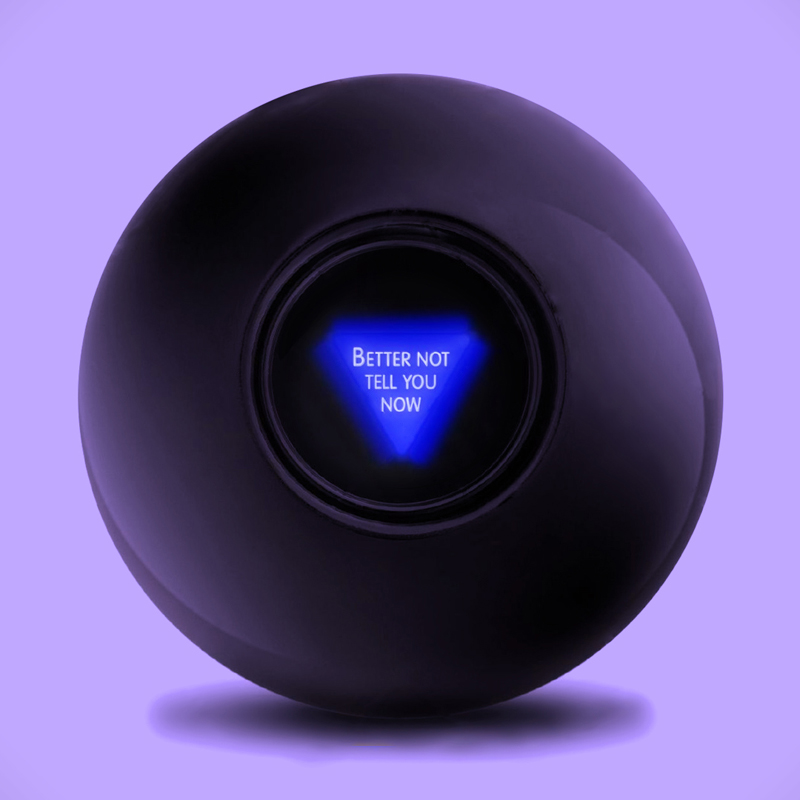
From March 8 to April 7, 2017
Better Not Tell You Now by Émilie Brout & Maxime Marion
Better Not Tell You Now is a generative video created and presented for the first time at Link Cabinet. Using machine learning technology the artists trained an artifical intelligence with a database of forty thousand messages from Reddit, the renowned social news aggregator and discussion website. Going through subreddits like Conspiracy, Philosophy and Futurology, the artists selected messages and discussions focused mainly on Artificial Intelligence and Singularity. Starting from this wide database the work automatically generates a recombinant text, always new and unique. The images displayed on the backgorund are loaded in real-time, searched for keywords related to the text.
The final result looks criptic and sometimes disturbing and well reflects the absurdity of the process the artists created: to entrust an artificial intelligence with the duty to imagine, foresee and explain future possibile scenarios about the relationship between men, developments in technology and power. The project questions not only the narrations around conspiracy theories and futurology, but also the limits of artificial intelligence itself and its ability to develop original and critical thinking.
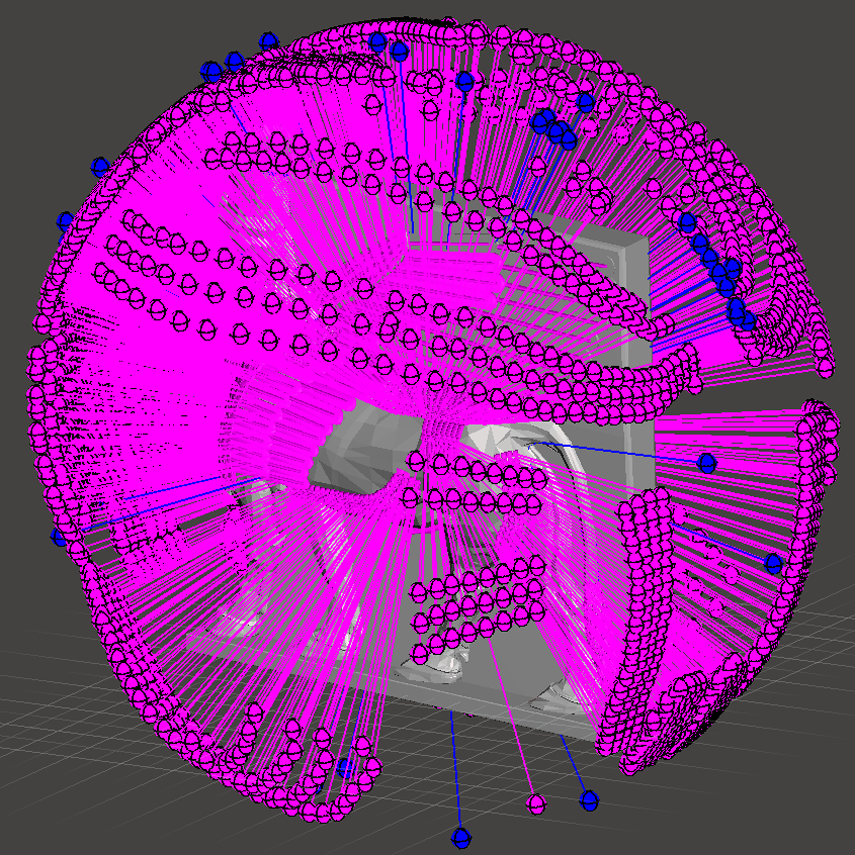
From December 2, 2016 to February 5, 2017
SITUATION #57 - Material Speculation: ISIS by Morehshin Allahyari
Morehshin Allahyari uses 3D printing technology as a tool for alternative artifact archiving, as well as a means of political resistance and documentation. In her series Material Speculation: ISIS she reconstructs selected artifacts of historical value that were destroyed by ISIS in 2015. After collecting and researching vast numbers of images and documents of the destroyed objects, she is able to recreate and print a 3D model of the artifact. Photographs, documents, maps and videos are all instrumental in the process of re-building, allowing the artist to create an image that cannot cease to exist, but is infinitely reproducible. All documentation gathered by the artist about the destroyed artifact is saved onto a flash drive embedded in the 3D-printed work. Material Speculation redefines notions of materiality, forcing us to rethink the concept of monument and challenging ideas of irreproducibility of the historical image. Finally, Material Speculation is an exploration of the political and poetic relationship between 3D printing, plastic, oil, technocapitalism and jihad. For SITUATIONS/Re-enactment the work has been presented in its physical form at Fotomuseum Winterthur and simultaneously hosted on the Link Cabinet, where the artist shared all digital files and models from the project, allowing users to freely access and download all data. Morehshin Allahyari
SITUATION #57 - Material Speculation: ISIS is a cooperation between Fotomuseum Winterthur and Link Cabinet


From October 22 to November 19, 2016
Untitled by Giovanni Fredi
On the occasion of the exhibition at Link Cabinet, Giovanni Fredi presented a new iteration of To my deacesed, a series of works that already includes some video and web-based artworks. The project is inspired by the Qingming Festival, a traditional event in China to remember and honour the ancestors. During this event people use to burn joss papers, paper replicas of different kind of objects as offerings to be enjoyed by the deceased during their afterlife. More recently joss papers include paper currency, credit cards replicas, cars, luxury objects, smartphones and digital devices in general.
In Untitled Fredi uses his own former smartphone as a symbolic offering. Scanned and turned into a 3D model Fredi's iPhone 4s 32GB, that served as a diary and an archive of his personal memory from November 2011 to July 2016, ascends to the sky in a three-dimensional web environment. The 3D scan of the smartphone is available for the visitor of the show, thus turned in a digital joss paper in .obj file format.
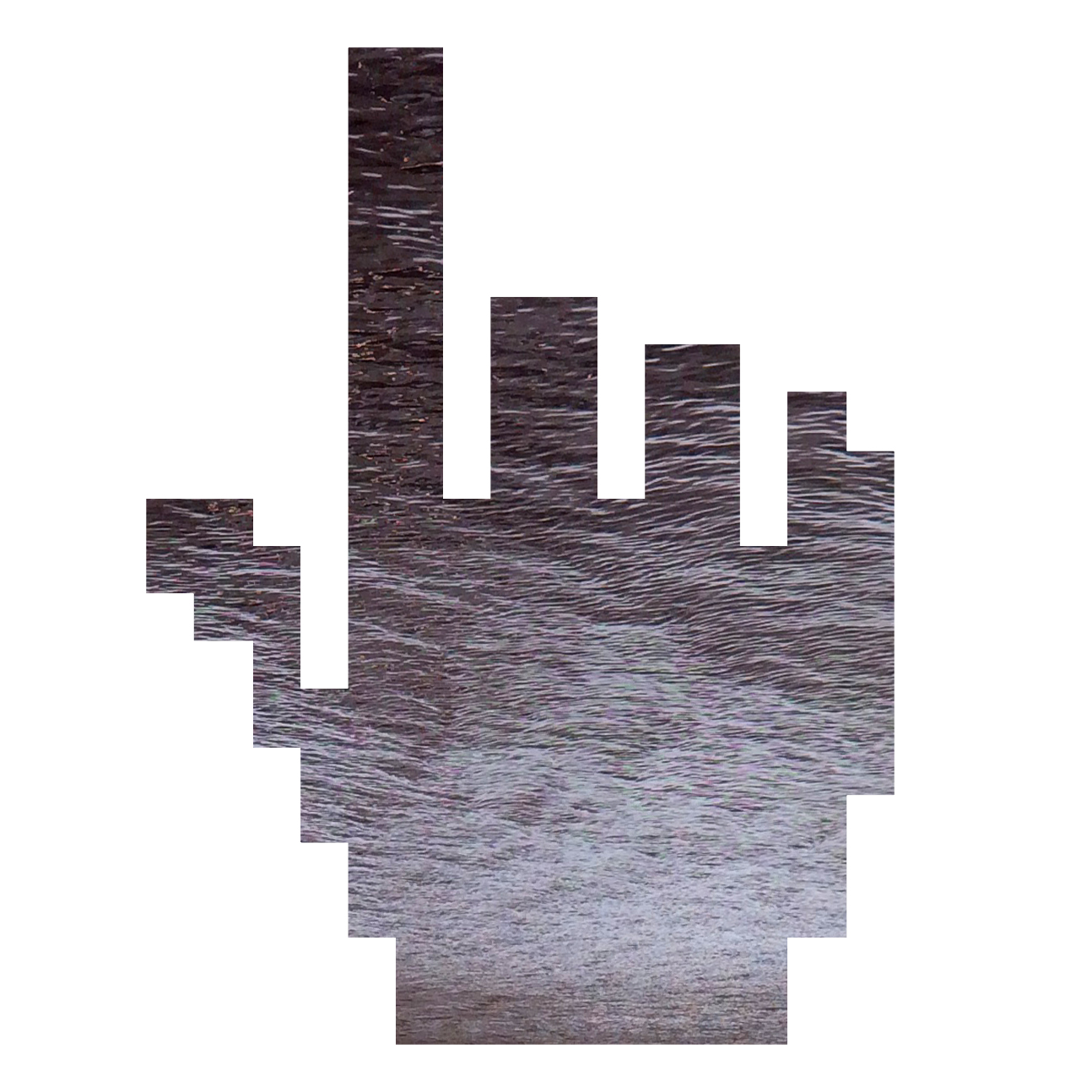
From June 22 to July 31, 2016
Welcome Home by Margot Bowman and Lior ben Gai
Welcome Home is an interactive project that invites to build a new home, a shelter or a simple haven, that forms a new piece in Bowman's ongoing project W.E.T. On the surface of a seascape several objects, pieces of wood, building materials as well as everyday objects, float and drift alone. Anybody can use these objects moving and assembling them into a floating cohesive domestic space to be shared then with anyone else.
The project can be understood as a metaphore about the present political and economical condition. In the middle of the sea - Europe's natural borders - several objects from the past are drifting. Our task is to abandon the usual and short-sighted point of view that would lead us to consider them as single, heterogeneous objects that cannot fit and stick together. The artists invite us to accept and embrace the complexity of the life condition in the contemporary world and to transform it in a strength point. From this starting point we create a communal place that is a safe, if somewhat chaotic, shelter.
Margot Bowman & Lior Ben Gai

From June 7 to June 13, 2016
FDIC Insured by Michael Mandiberg
On the occasion of the launch of the book FDIC Insured, by Michael Mandiberg, the Link Art Center and Abandon Normal Devices (AND) are pleased to present a preview of the web project - still "in progress" - associated with the publication, available for one week at Link Cabinet.
FDIC Insured was selected out of a call of proposals issued in 2015 by the Link Art Center and Abandon Normal Devices (AND) in the framework of Masters & Servers. The issue #12 of the In My Computer series, published by Link Editions, the book is available now as a 500 pages color paperback and a free download pdf. Starting in 2008, Mandiberg methodically downloaded the logos of the many banks that failed during the Great Recession, and were taken over by the United States Federal Deposit Insurance Corporation (FDIC). During this process, these corporate visual identities were erased from the web. Except that every Saturday morning the artist downloaded the logos, preserving an otherwise lost history. Since then, more than 500 bank logos were saved on his computer as low resolution images, which he carefully recreated as vector files.
Michael Mandiberg
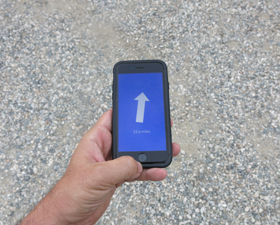
From April 27 to May 29, 2016
Untitled by David Horvitz is a simple conceptual work with a strong and volative potential. Untitled is made just of a drawing and a textual instruction that the public is supposed to follow to finalize the artwork. The call to point the arrow to the sky changes the usual modality of interaction, shifting it from what one visualizes on the screen to the screen itself and the space surrounding it. In this way Horvitz challenges the relationship between the audience and the Link Cabinet exhibition space, as well as inviting us to redisgn and reimagine the way we usually interact with our digital devices.
David Horvitz

From March 9 to April 9, 2016
#Eden by Mara Cassiani is a call to experience a mystical pilgrimage, an introspective voyage in which the idolatry of the body and its wellness becomes a ritual and meditative practice. The artist creates a multi-sensorial ecosystem where the luxurious experience of the Spa refers - through the use of ritual objects, motivational quotes and mantras - to the human desire of harmony, hydration and liquefaction of the body.
For the exhibition at Link Cabinet #Eden emulates the aesthetics of a common Spa website, offering a number of meditational instruments. Images, animations, sounds and mantras will be regularly uploaded on the website and will be freely available. Downloading these resources on his personal devices, the audience will enjoy a mystical and truly personal experience.
Courtesy of the work: Centrale Fies Art Work Space
Mara Cassiani
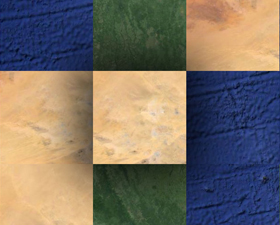
From January 7 to February 7, 2016
New World develops further Jan Robert Leegte's artistic research in which the web is understood as a place to live, to explore and to reinvent. The artist combines the deconstruction of digital elements, such as selection marquees and scrollbars, with the appropriation of elements taken from digital depictions of a real or realistic landscape, as Google Maps and the videogame Minecraft. Leegte dissects these elements for their aesthetic ans sculptural properties, creating art works that redefine our relationship with the space and its digital representation.
New World is a random digital landscape to travel and to explore, based on a geometrical abstract composition that reshapes the Earth's landscape from a digital perspective. The interaction, even if reduced to the minimal game mechanic of navigation, leads us to discover a world that is at the same time always new and similar to itself: a digital maze endlessly and randomly generated while we explore it.
Jan Robert Leegte
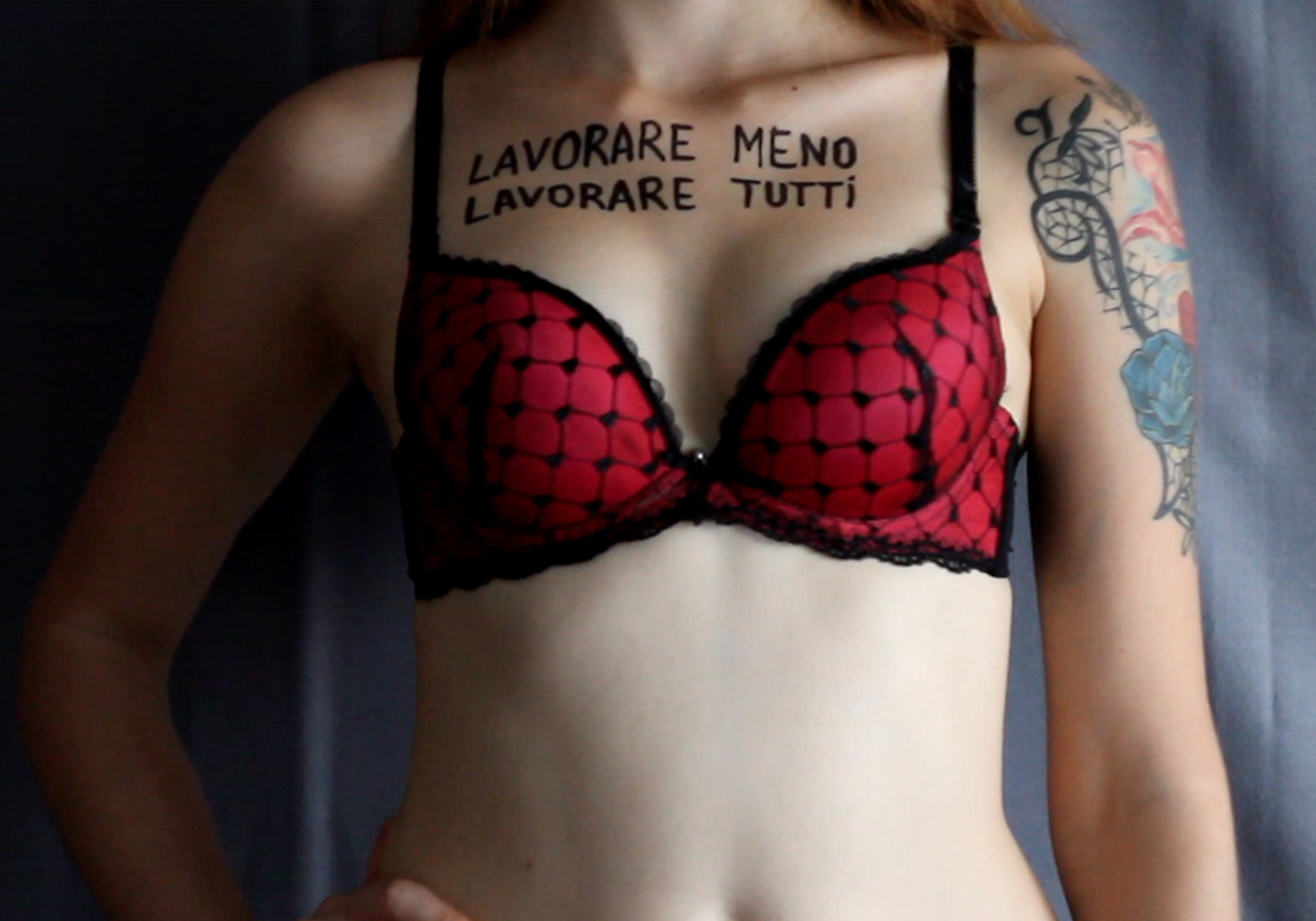
From November 25 to Dicember 31, 2015
Work less, work all. We are the 99% on Fiverr.com is the project created by Guido Segni.
for his solo show at Link Cabinet. The project combines body art with a performative approach and a strong political and conceptual statement. During the time of the exhibition the artist created a gig on Fiverr.com - a website where people offer their professional services at a very low rate – offering the possibility to buy one of his artworks.The artworks have been created by buying and reselling the gigs of Fiverr workforce, asking each worker to use his/her body to show, sing, dance or declaim a message chosen by the artist. The whole operation can be described as a commissioned body art performance, in which the performative procedure followed by the artist is combined with the actions performed by the workers on or with their own bodies. If on the one hand Segni exploits workers' body and creativity to produce his artworks, on the other hand he asks them to convey messages that borrow language and mottos from the labour rights movements, thus stressing on the difficult and peculiar labour conditions in the digital era.
Guido Segni
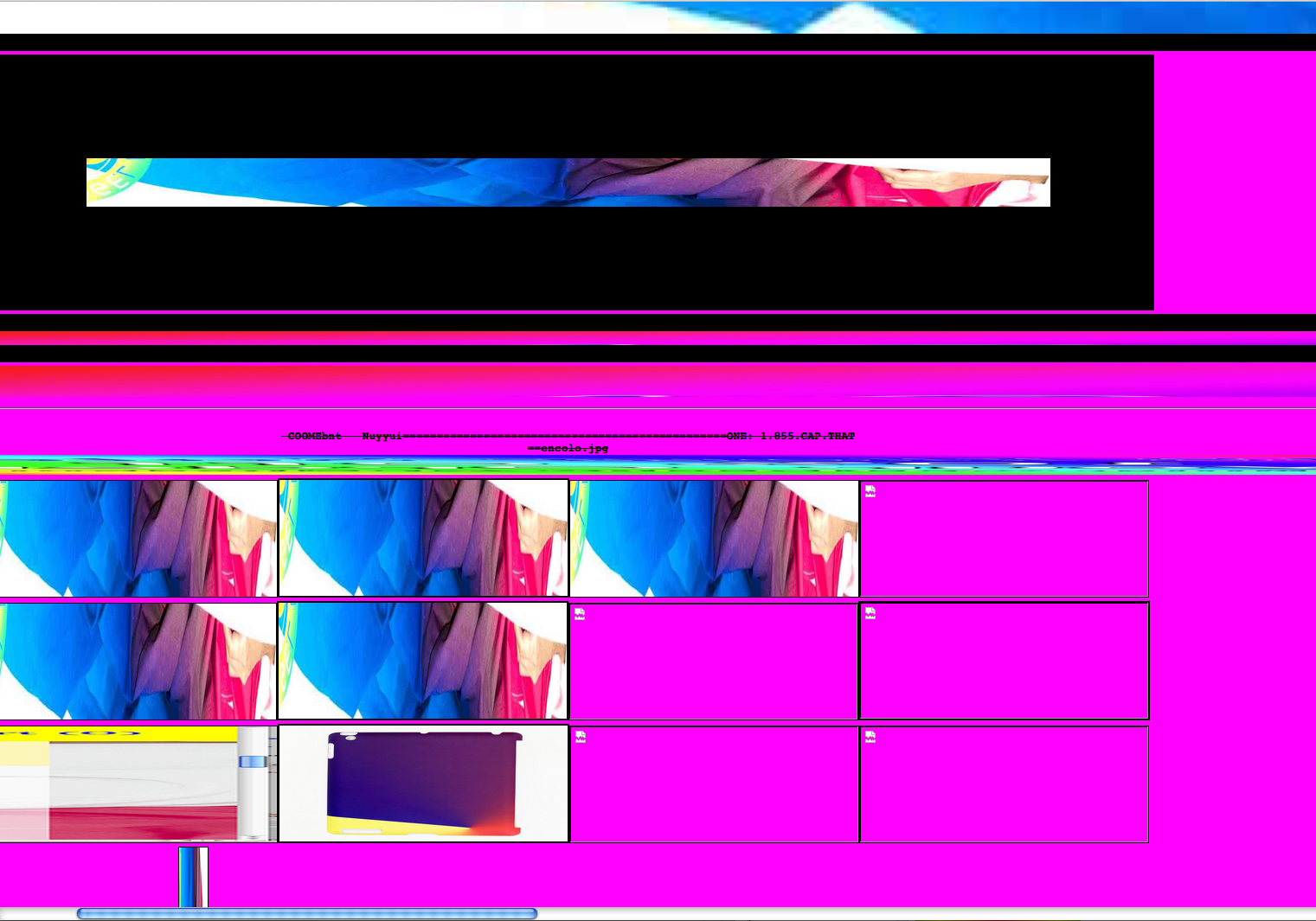
From October 1 to November 1, 2015
L.V.Y. by artist duo Jodi.
Universally recognized as Net Art pioneers, artist duo Jodi focus its practice on the deconstruction of technology systems: computers, softwares, videogames and the internet. Jodi's works subvert the logics and the languages of computer technology re-designing its relationship with the users. Working on multiple levels such as code, commands and intefaces the artists create a completely unexpetced and unusual experience of technology, giving birth to situations in which the user find himself in a context where the usual undertsanding of these systems are completely renewed and redefined.
With L.V.Y. Jodi play with the limits of Link Cabinet itself, as a peculiar online exhibition space, trying to destabilize its rules. The project underline the impossibility to avoid and prevent the use of some basic functions that are the core structure of the Internet such as links among contents and websites positioned in different location of the Web. Morever the choice to use some mistyped top domains reveal the double intent to mimic one of the most common glithc that occur while using a kyeboard, while at the same time trying to exploit it to reach a chance audience.
Jodi
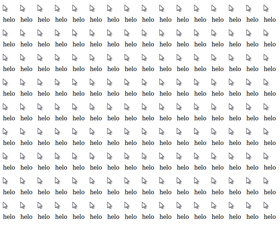
From July 13 to August 23, 2015
David (Hugs n Kisses XOXO) is the project realized by Emilie Gervais in the occasion of her solo show at Link Cainet. The art work is a web application that questions the notion of collective consciousness under a totalitarian state of surveillance.
The app consists in a playground that recalls Street Fighter, the infamous videogame from the nineties. The main character, however, has been modified and takes the aspect of Michelangelo's David. All the users connected to the website can interact simultaneously, deciding which information about themselves they are willing to share and publish, thus fighting for the visibility of their sensitive data. Gervais creates an unusual and unexpected situation in which the audience, instead of taking care of its personal privacy, is somehow encouraged to share its data and to do it as quickly as possible if it wants to defeat the other users. The data collected give shape to the main character of the game that in this way becomes at the same time the main interface of the app and the place where the fight takes place. emiliegervais.com
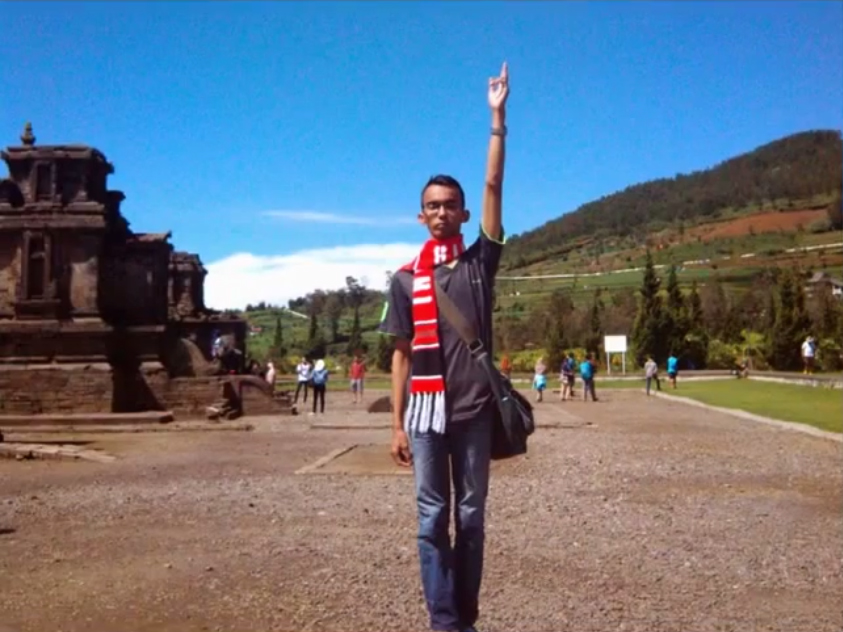
From May 6 to June 6, 2015
Algorithmic Memories by Marco Cadioli is a series of videos generated by Google+ for its users, and investigates some crucial current topics such as the representation of the self in social networks and the standardization of emotions and memories.
"Year in Photos" is the title of the videos that Google+ made for its users as an end of the year 2014 gift. All these videos have been generated by an algorithm selecting the images that were supposed to be the best among the ones on the user account. Some of them are the actual shooting; others have been generated by a software able to pinpoint the best smiles among similar pictures and combine them in a single, perfect pic. Selected, cropped and combined with a soundtrack, these images are assembled following a specific sequence that remains the same in all videos.
Cadioli places selected "Year in Photos" videos side by side on the same web page, allowing the viewer to identify similarities and recurring patterns, and bringing to visibility the increasing, though usually almost invisibles role played by algorithms not just in the selection of available content, but also in the management of the storytelling and the representation of the self. A phenomenon that, according to the artist, is generating an effect of standardization of memories and emotions, in a context in which the format is much more important that the content.
marcocadioli.com
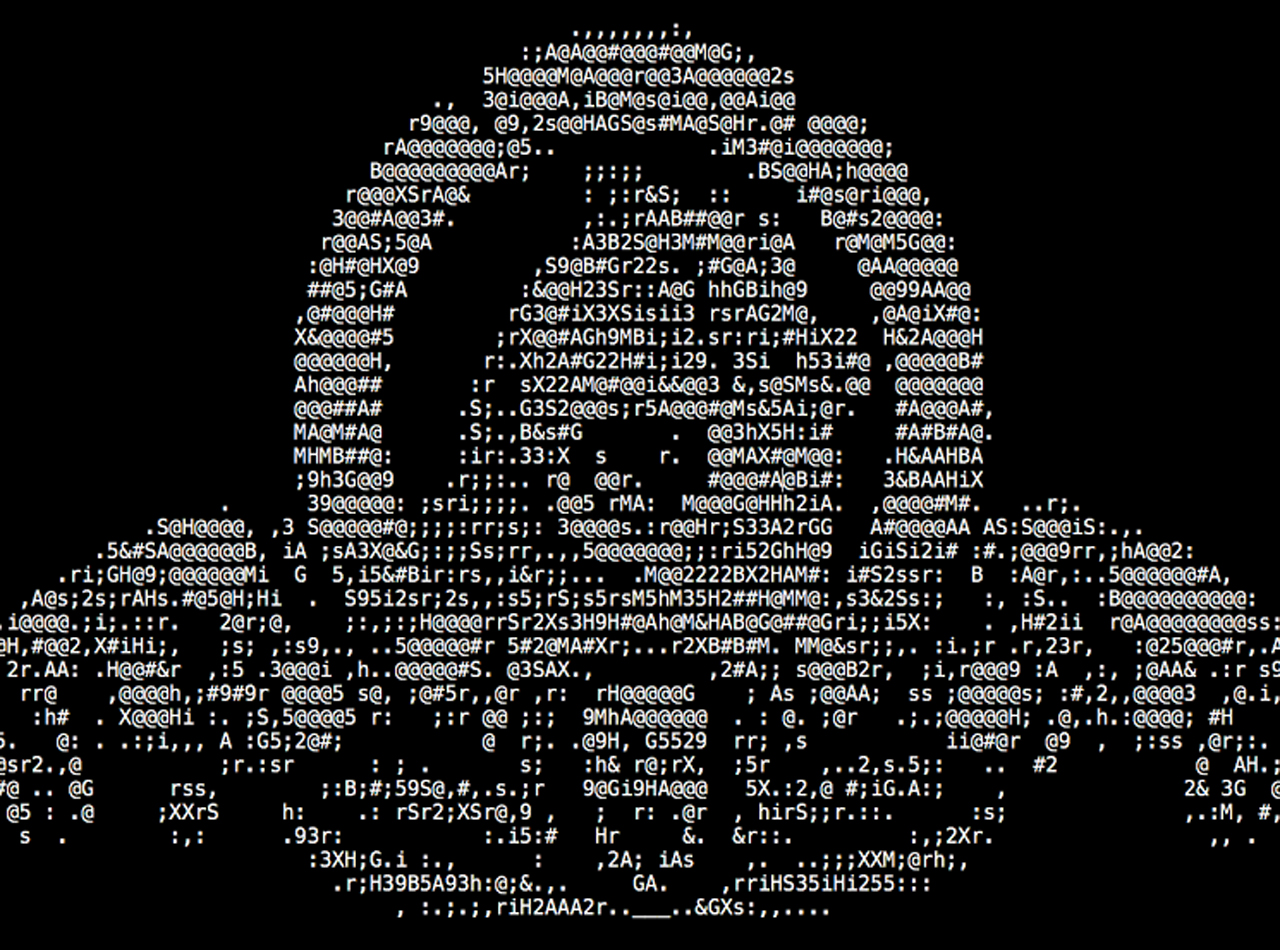
From March 4 to 28, 2015
The Pirate Cinema by Nicolas Maigret is a live streaming of file sharing activities on networks using the BitTorrent protocol. In this project Nicolas Maigret depicts the restless hidden activity of file sharing online while giving shape to a visual representation of the peer-to-peer systems. The sharing activity of audio-visual materials is monitored in real time and transformed into an online streaming that represents the way files are sent among users: every file is split into several small samples transferred randomly and re-assembled following the correct order only once the file reaches the final user. The Pirate Cinema shows the precise moment in which the files are still in the process of being transferred, still messy and completely mixed up, giving birth to an hectic and glitchy file streaming. BitTorrent network users are thus transformed into unaware performers contributing to an endless audio-visual composition.
At Link Cabinet the artist presented The Pirate Cinema | Act 3 a custom version of the online piece that focuses on the Metallica versus Napster case of the early 2000's: the first law suit that involved artists suing a peer-to-peer file sharing software company that caused the eventual shut down of Napster. The audio streaming is based on the monitoring of users currently sharing Metallica albums. peripheriques.free.fr
Credits

From January 14 to February 21, 2015
COVER ME by Julian Oliver is a project conceived specifically for the exhibition at Link Cabinet. It consists in a gallery of Creative Commons licensed photographs found on Flickr that the artist transformed into data containers for distributing Snowden files. Using a method known as as steganography, the artist embedded the volatile data into images matching the search queries 'island getaway' and 'beach paradise', without visibly changing their appearance. Here, the act of sharing comforting, tranquil images helps to counterbalance the bleakness and anxiety enshrouding clandestine leaks while broadening the potential for redistribution. With ignorance as a robust excuse, the images can be safely shared among colleagues at work, uploaded back to Flickr or used as a desktop background while crossing borders. At any given point a leak can be conveniently and privately extracted from the image onto a personal computer using a free and open-source software program developed by the artist. julianoliver.com
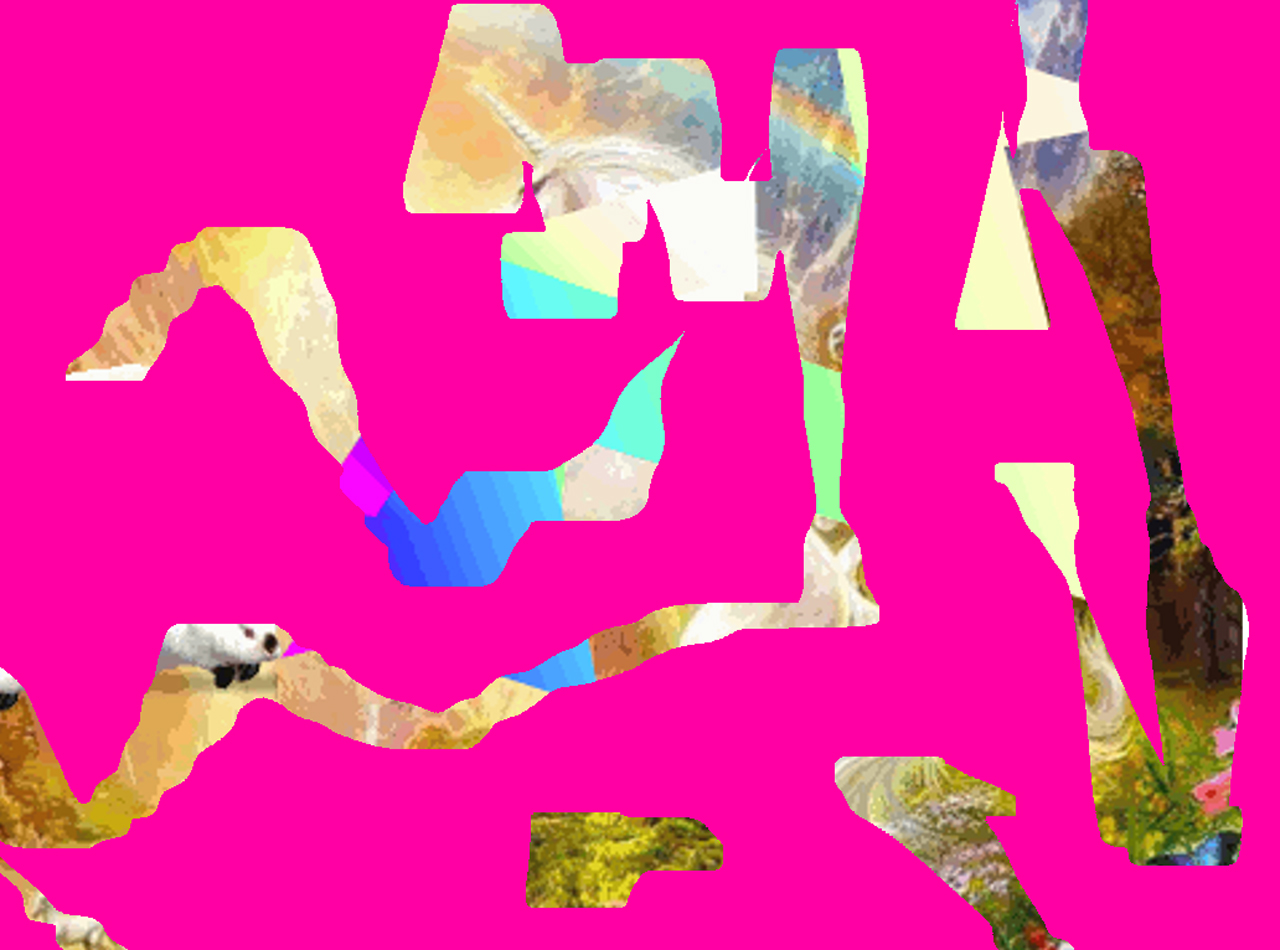
From October 25 to December 6, 2014
This Connection Is Untrusted by Addie Wagenknecht - co-produced with Abandon Normal Devices in the frame of their programme The Lost Hour - is a visual investigation on the notion of surveillance and the role of group thinking around public decisions to reveal or conceal private information. The artist has collected several banned or censored images from the Internet and concealed them with a layer of opaque color. Exploring the notion of private vs public spaces, the artist plays with procedures like hiding sensible data from classified documents (sanitization) and online distribution of pseudo-porn images (bubble porn). The audience have been able interact with the work choosing whether and to what extent they reveal the underlying images. The visual results generated have been saved together with the users location data, thus creating a new archive of sensible information.
placesiveneverbeen.com
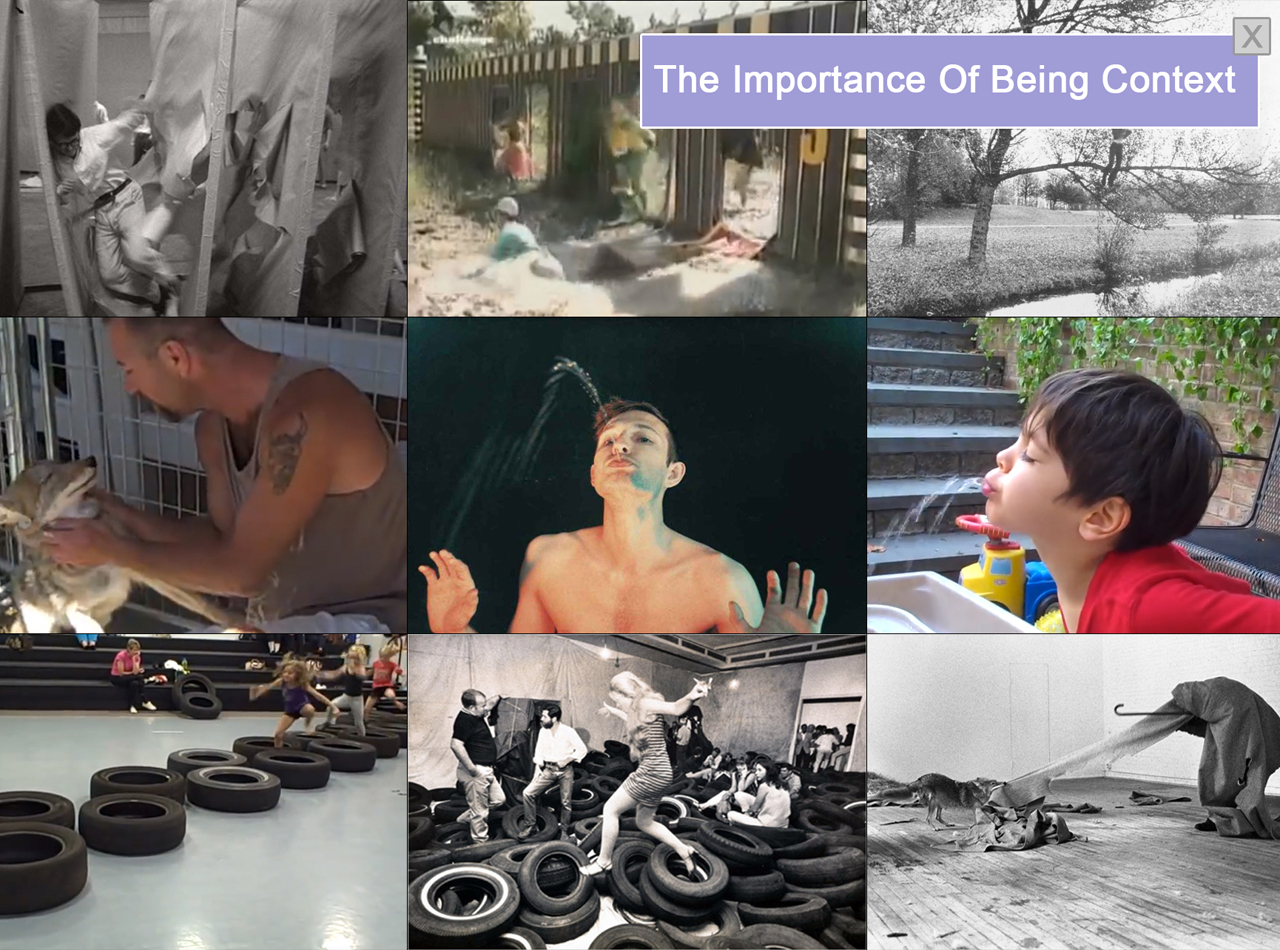
From September 2 to October 3, 2014
The Importance Of Being Context is the result of a collaboration between curator Valeria Mancinelli and artist Roberto Fassone. The web project is an online archive that collects the result of their activity of the last few years collecting documentation of well known art performances, mainly from the 60's and the 70's. The work is an open invitation to think about performance, its proximity to daily life, the importance of the artistic context in turning a simple action into an art work, the uncanny valley between art performance's protocols and popular games.
Credits
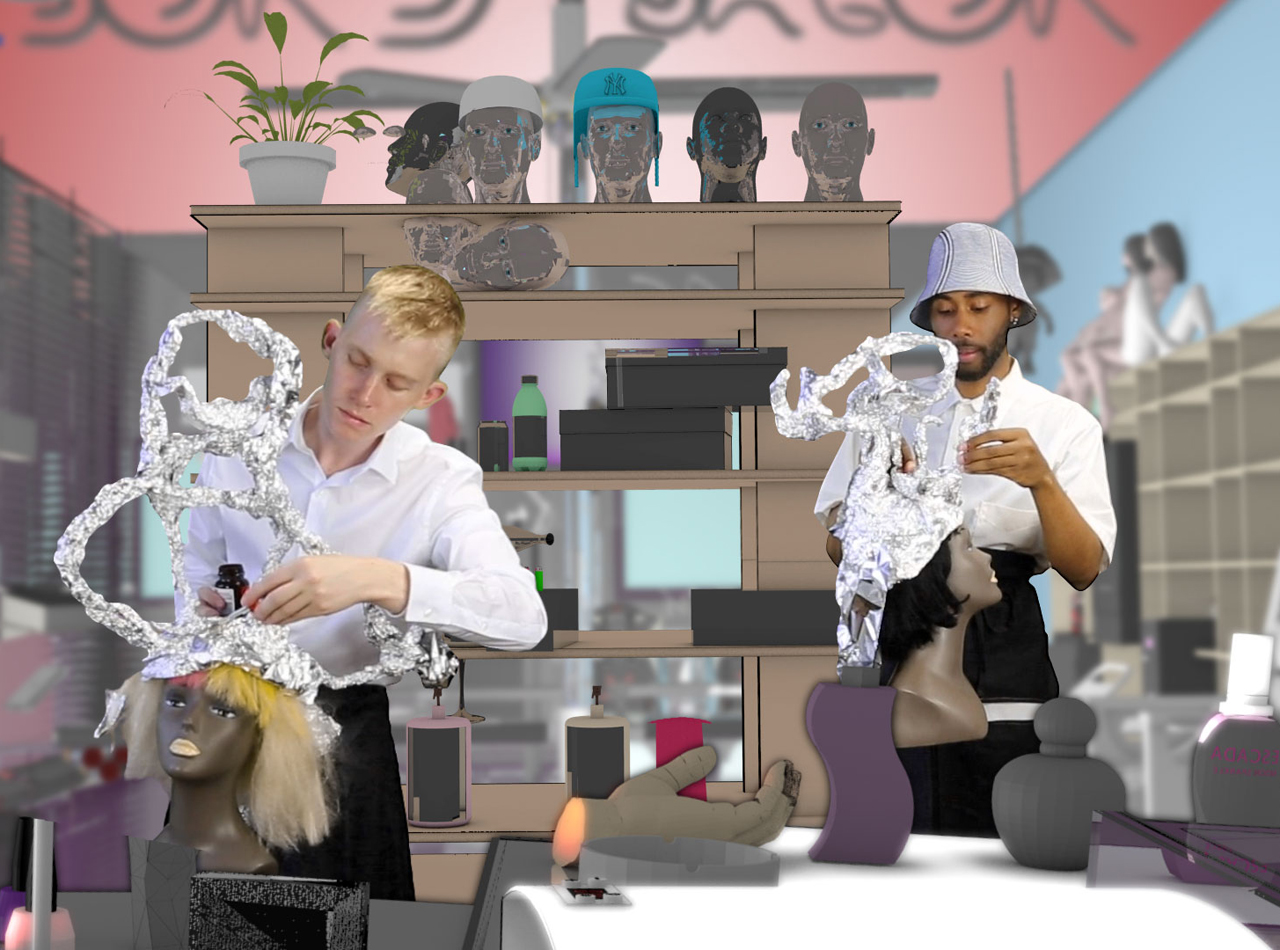
From June 25 to August 2, 2014
DUOX project BOY'Dega is a complex and articulated art work conceived as a piece of open transmedia storytelling that aims to challenge the tropes of TV series questioning the relationship between fans, authors, actors and creators. All the materials are collected on the project website, where anyone can surf without following any fixed path — thus shaping the story, knowing the characters and the locations, watching trailers and posters, and navigating through the download section.
At Link Cabinet DUOX presented the preview of the third season of the project: Boy'dega: Installment 3, Bond's Salon. Season 3 takes place in a Baltimore salon owned by BOND, played by Betty Fashionopulous, one of the main characters of the series. This space serves multiple functions and is modeled after a CIA office, a traditional hair salon and Vogue's fashion closet. The salon becomes the place where news, gossip and rumors are collected and can be transformed in new possibilities to develop the characters and the story itself. duoxduox.com

From April 23 to May 31, 2014
With Return of Investment Jonas Lund focuses on the financial rules of the contemporary art world, turning Link Cabinet into an advertisement space that anyone can purchase. The web page will host only one ad at a time, and the banner will be replaced only when a new investor will apply for the ad space. Every transaction will result in an increase of the price, calculated on the basis of a rate similar to the average annual return of investment of contemporary art in 2012.
This new project — premiered at Link Cabinet — is a further development in Jonas Lund's ongoing exploration of the contemporary art world, its social rules and ways of working. The act of buying the web page is at the same time the purchase of an ad space and a financial investment that one can capitalize on by selling to the next buyer: a clear reference to the contemporary art market, where collecting art works can either be an act of patronage or a mere financial investment. jonaslund.biz
This project is realized in the framework of Masters & Servers, a joint project by Aksioma (SI), Drugo more (HR), Abandon Normal Devices (UK), Link Art Center (IT) and d-i-n-a / The Influencers (ES) that was recently awarded with a Creative Europe 2014 / 2020 grant. For 24 months from now, Masters & Servers will explore networked culture in the post-digital age.
This project has been funded with support from the European Commission. This communication reflects the views only of the author, and the Commission cannot be held responsible for any use which may be made of the information contained therein.



